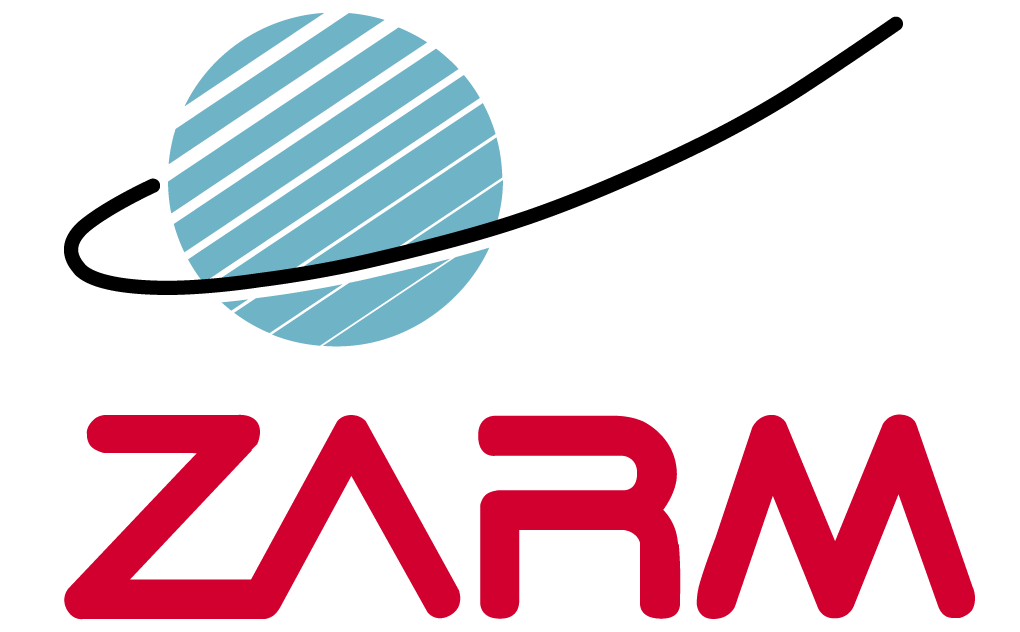Fluid Simulation and Modeling
ABOUT OUR RESEARCH
The motion of liquids and gases plays a key role in numerous natural phenomena and determines the viability and efficiency of many processes in aerospace, mechanical, chemical and biomedical engineering. In general, fluids can flow in a smooth and orderly manner, such as blood does in small capillaries, or fluctuate erratically as seen in the swirls behind an airplane wing. Hence making quantitative predictions of fluid flows is essential relevance in engineering and also for whether or climate predictions. Our group develops and applies methods to quantify and predict fluid motion by leveraging theoretical, numerical and experimental techniques. Examples of our current interest are energy transfers through gravity waves in the atmosphere, the transition to turbulence in wind-turbines and in the human cardiovascular system, the turbulent mixing of liquids in reactors and the dynamics of bubbles in water electrolysis.
Droplet breakup
Drop breakup in turbulent fluids is a key mechanism in environmental and engineering processes, but remains poorly understood. We developed a novel computer code, which for the first time enables the fast generation of thousands of fully resolved simulations. Leveraging this code, we showed that drop breakup is a memoryless process whose rate depends only on the ratio of inertial to surface-tension forces. A simple model based on the computed breakup rates accurately predicts experimental measurements and demonstrates that dilute emulsions evolve through a continuous fragmentation process with exponentially increasing time scales.
A. Vela-Martín & M. Avila, Science Advances, 8:abp9561 (2022)
Our fields of research
- Flow instabilities
- Turbulence
- Fluid-structure interaction
- Mixing
- Bubbly and droplet-laden flows
- Optimization of fluid transport
CONTACT
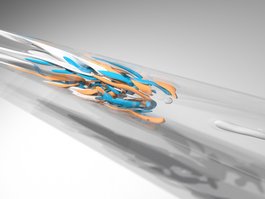
Transition to turbulence in pulsatile pipe flow
Pulsatile flow in a straight pipe is a model system for unsteady internal flows in industrial engineering and physiology. In some parameter regimes, the laminar flow is susceptible to helical perturbations, whose transient energy growth scales exponentially with the Reynolds number (Re). We link the transient growth of these perturbations to the instantaneous linear instability of the laminar flow.
We exploit this link to study the effect of the waveform on turbulence transition by performing linear stability and transient growth analyses of flows driven with different waveforms. We find a higher-energy growth in flows driven with longer low-velocity phases as well as with steeper deceleration and acceleration phases.
Funded by the DFG through project "Instabilities, bifurcations and migration in pulsating flow"
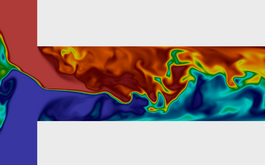
Turbulent mixing
The efficient mixing of fluids is key in many applications, such as chemical reactions and nanoparticle
precipitation. Detailed experimental measurements of the mixing dynamics are however difficult to
obtain, and so predictive numerical tools are helpful in designing and optimizing many processes. Turbulent mixing at small scales is poorly understood, which adds to the intrinsic difficulties of modeling turbulence.
As a result, quantitative model predictions of mixing-sensitive, continuous reactions in chemical engineering remain elusive. Hence water-water mixtures in simple geometries such as T-mixers have been intensively investigated, but little is known about the dynamics of more complex mixtures, especially in the turbulent regime. We exploit numerical and experimntal techniques to study the mixing process in a T-shaped mixer.
Funded by the DFG through project "Formation of small-scale mixing processes in a T-mixer"
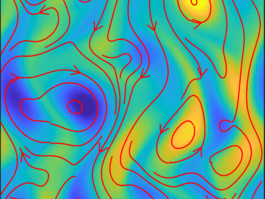
Gravity wave genesis
Understanding and representing the effects of gravity waves (GWs) in weather and climate models, remains an order-of-one challenge, with important implications for the representation of energy and momentum transport in the atmosphere. We aim to determine the dependence of GW break-up, dissipation and secondary emission on the source and environment to pave the way for accurate parametrisations of these processes.
The novelty of this subproject is to study the complete route from GW instability to break-up, dissipation and secondary emission by combining direct numerical simulation (DNS) and new advances in flow stability analysis.
Funded by DFG through project "Generation, decay and dissipation of gravity waves"

Boundary layer in wind turbine blades
During the operation under the harsh conditions of the atmospheric boundary layer, the rotor blades of wind turbines are directly exposed to mechanical influences such as raindrops, sand grains or insects. As a result, the leading edge of the rotor blades suffers from erosion damages and contamination, which lead to aerodynamic performance losses of up to 25 % and premature fatigue failures. For this reason, a condition monitoring of rotor blades with an early detection and characterisation of initial surface defects on wind turbines in operation is needed.
Our aim is to make use of the effect of a local surface defect (as a flow disturbance element) on the boundary layer flow as a measuring principle. By means of thermographic flow visualisation, an indirect, non-invasive measurement of the defect properties type (additive/subtractive), size, shape (aspect ratio) and position is reached. Thus, the characterization of incipient surface defects, which cannot be measured with a direct imaging approach due to the large measuring distance to the ground, will become possible.
This project is in collaboration with Prof. Andreas Fischer (University of Bremen).
Funded by DFG through project "Indirect assessment of local surface defects on wind turbine rotor blades"

Bubble detachment in electrolysis
From boiling water to hydrogen production in electrolysers, bubbles form, grow, and eventually detach from surfaces. But how big are they when they break away? Our computer simulations aim to answer this question, which is especially important for future space missions. On Mars, where gravity is only 38% of Earth's, bubbles experience weaker buoyant forces, potentially affecting everything from fuel production to oxygen supplies. This research, funded by the Humans on Mars initiative, helps us understand how bubbles behave in low gravity—an essential step for designing efficient systems for space exploration.
This project is in collaboration with Prof. Lutz Mädler, Prof. Fabio La Mantia & Prof. Katharina Brinkert (University of Bremen).
Funded by "Humans on Mars Initiative" project.

Nonlinear optimal disturbances in turbulent channel flow
From aircraft moving through the air to fluids being pumped through pipes and even forecasting the weather, turbulence plays a crucial role in many technical and natural flow systems. Despite this, fundamental aspects about it are still poorly understood, which means that it is often also the barrier to more accurate predictions in these systems. In this project, we study the mechanisms through which turbulence is sustained in simple shear flows, in particular channel flow. We make use of recent progress in computing hardware, especially GPUs, to study such systems with methods whose application would not have been computationally feasible just a few years ago.
Using direct numerical simulation and nonlinear adjoint optimisation, disturbances capable of optimally amplifying disturbance energy are calculated. It is hypothesised that these disturbances and their time evolution isolate the most important mechanisms for transferring energy from the base flow to the turbulent fluctuations, and thus, that studying them can help answer the fundamental open question of how turbulence is sustained in shear flows.
This project is in collaboration with Prof. Rich Kerswell (University of Cambridge).
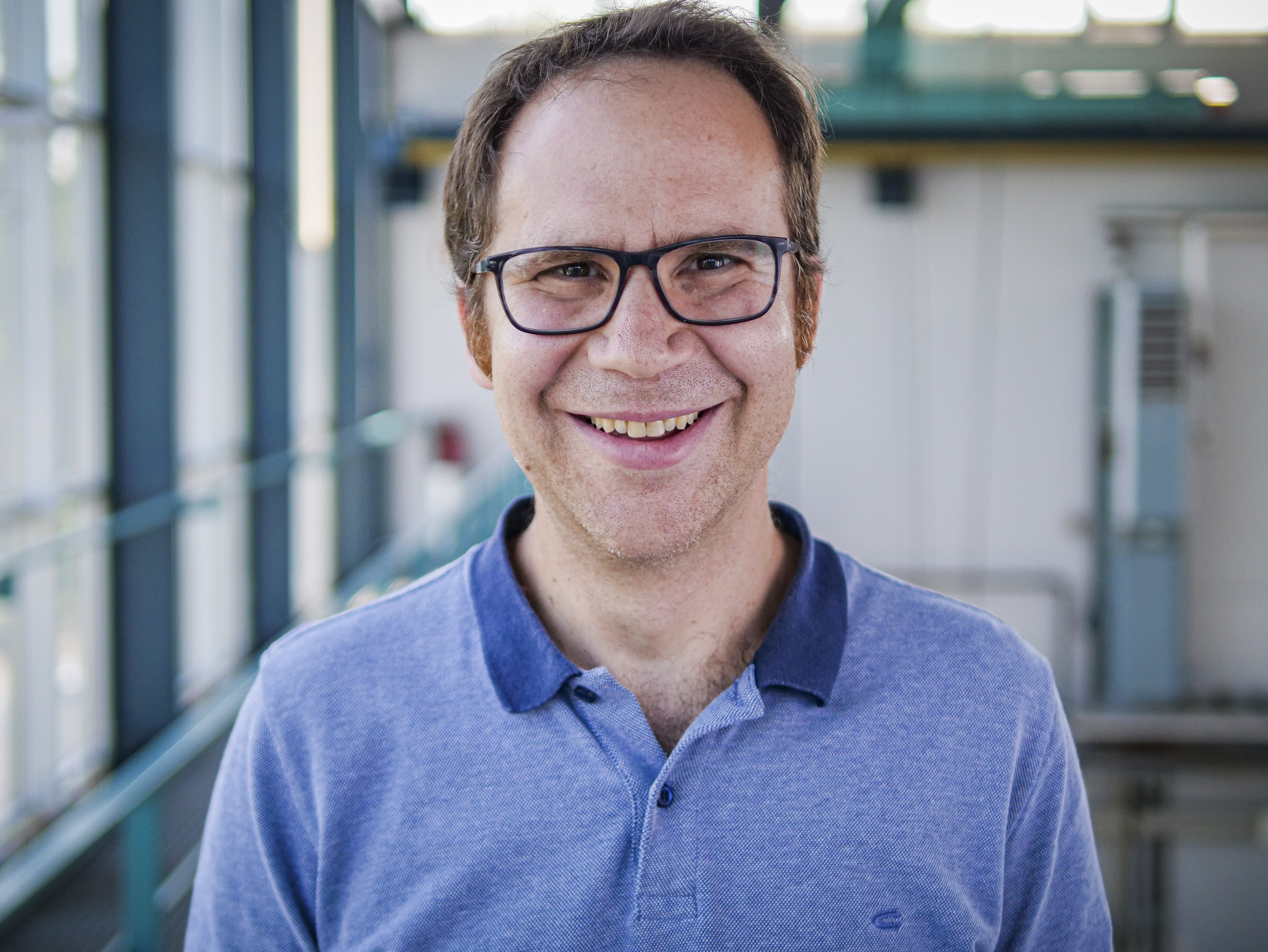
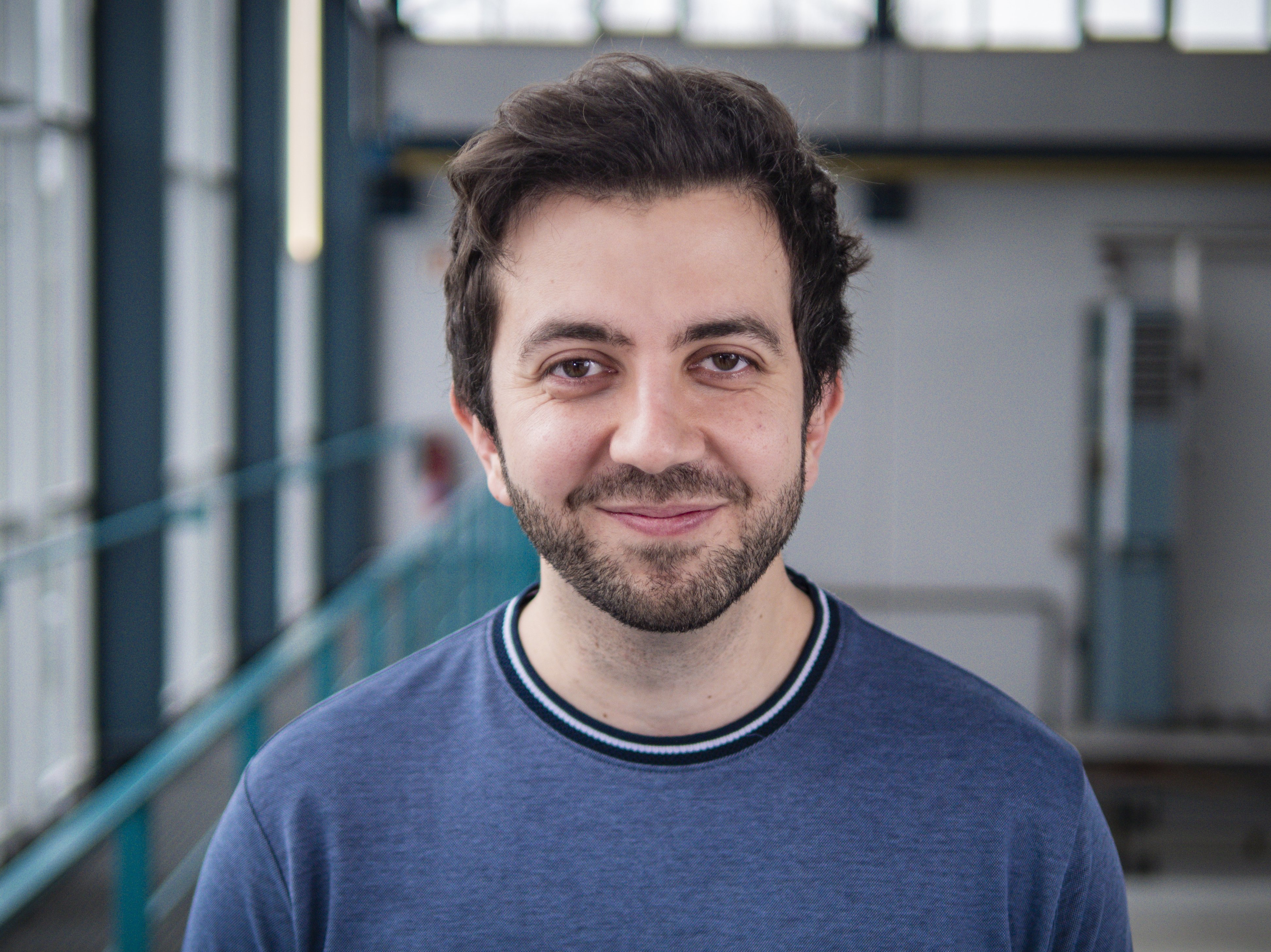
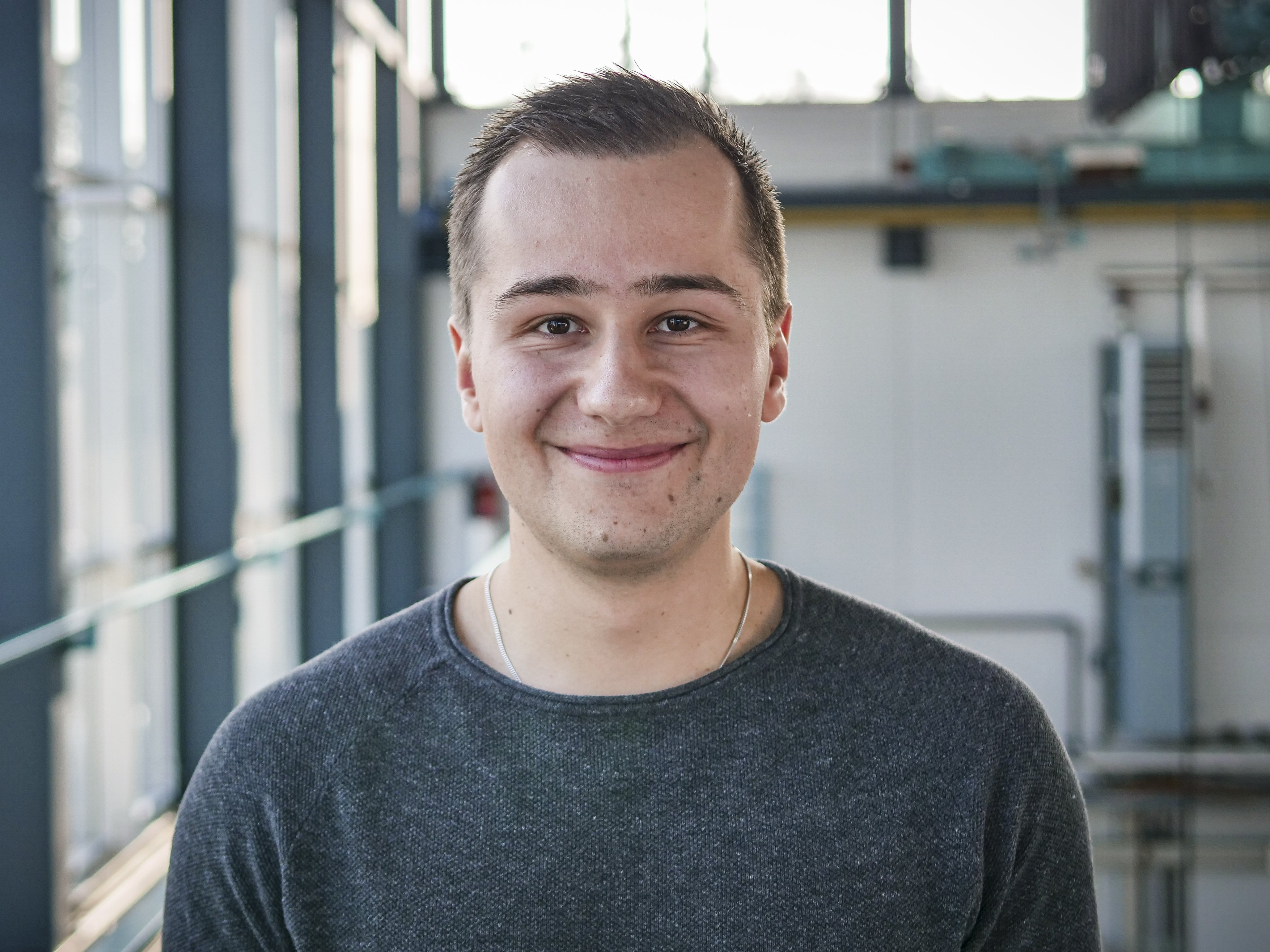
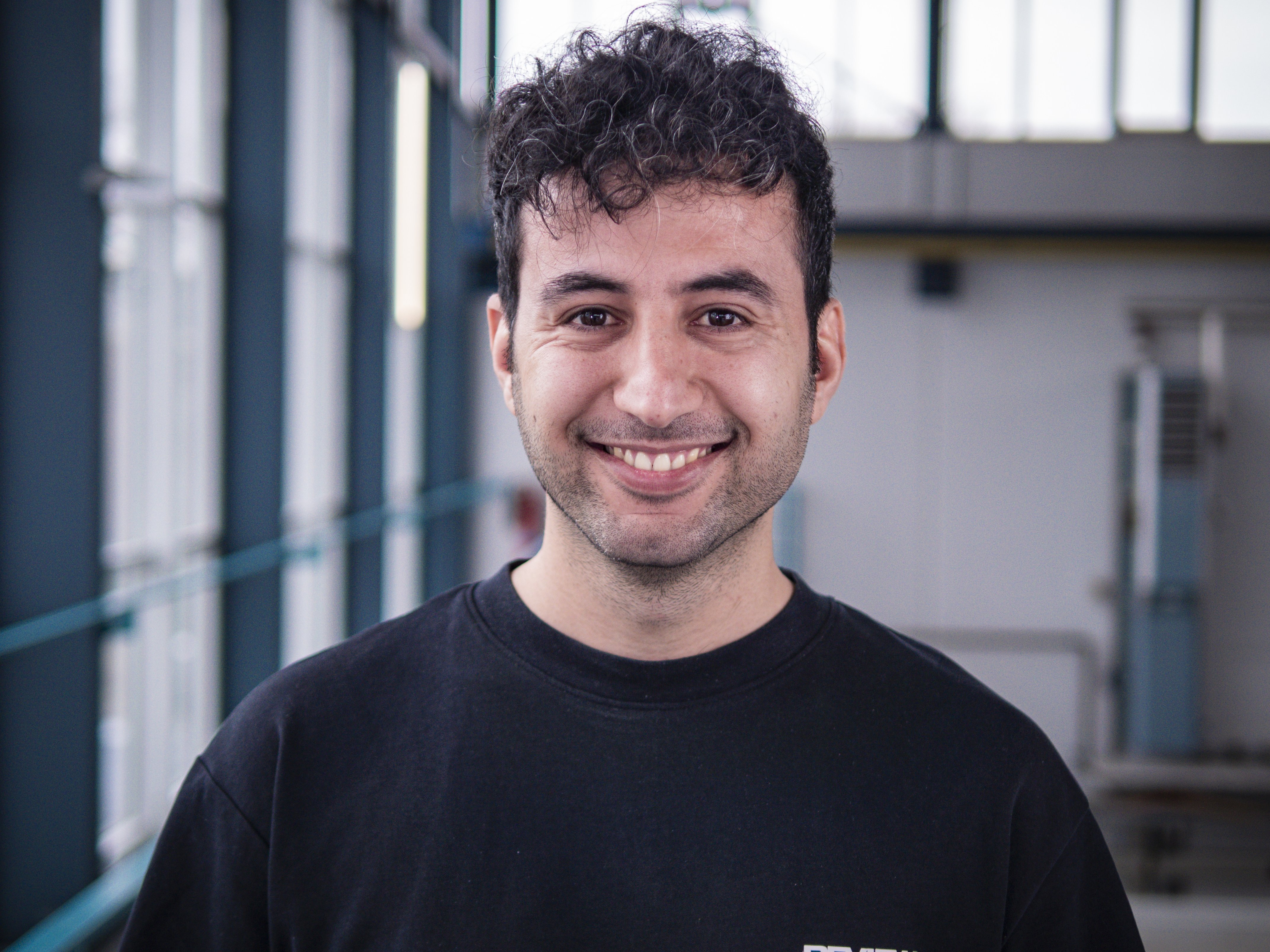
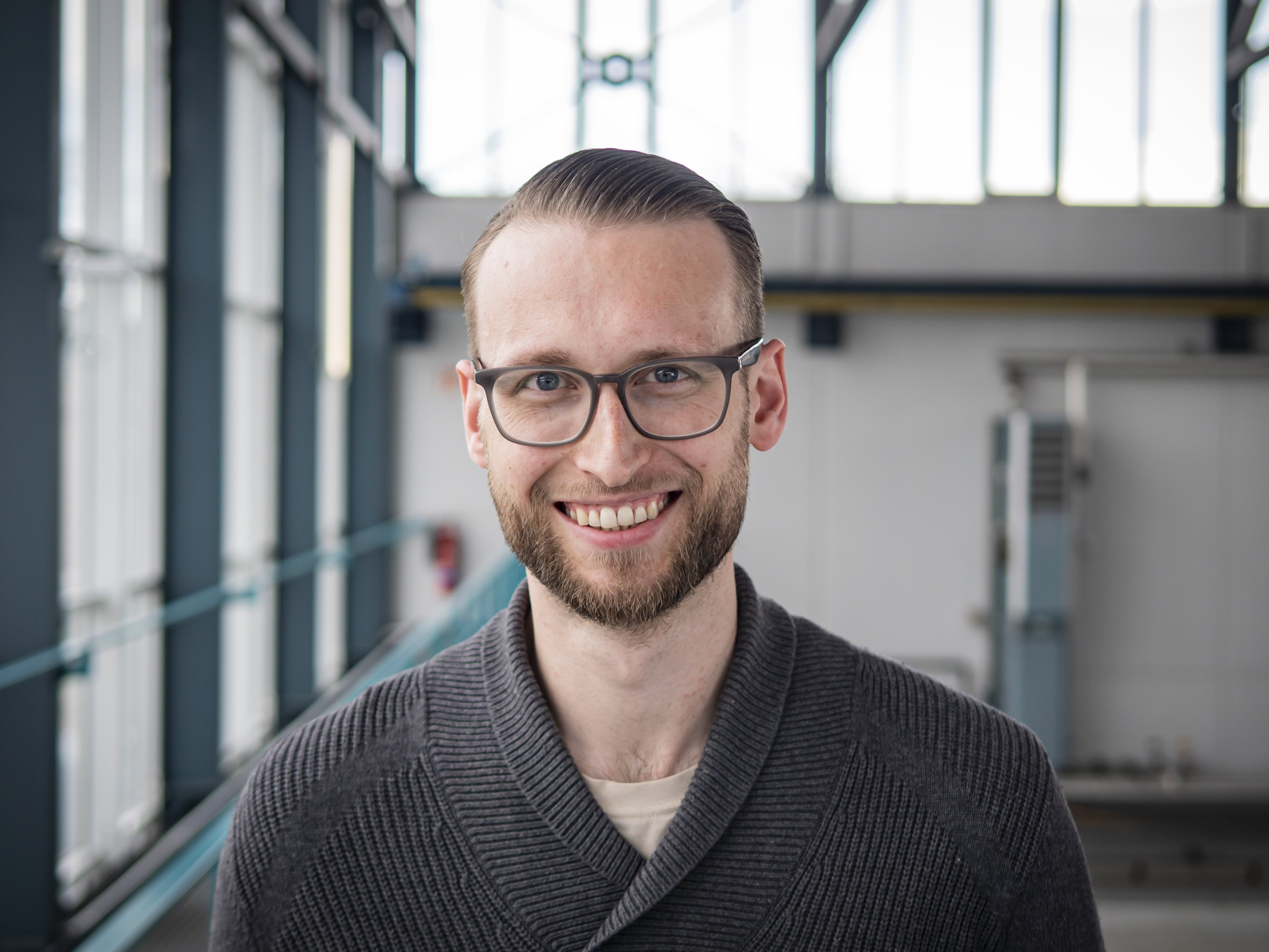

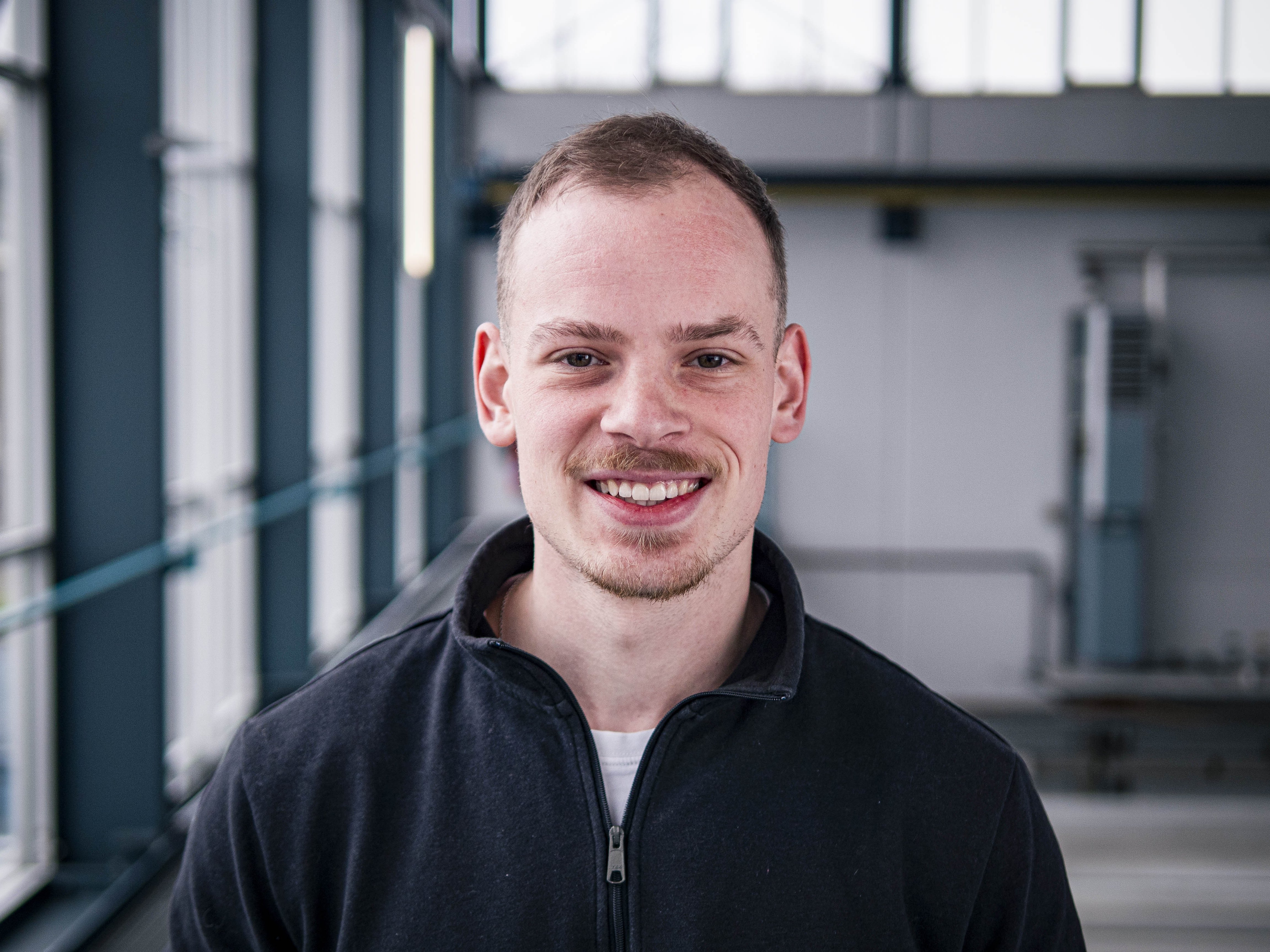
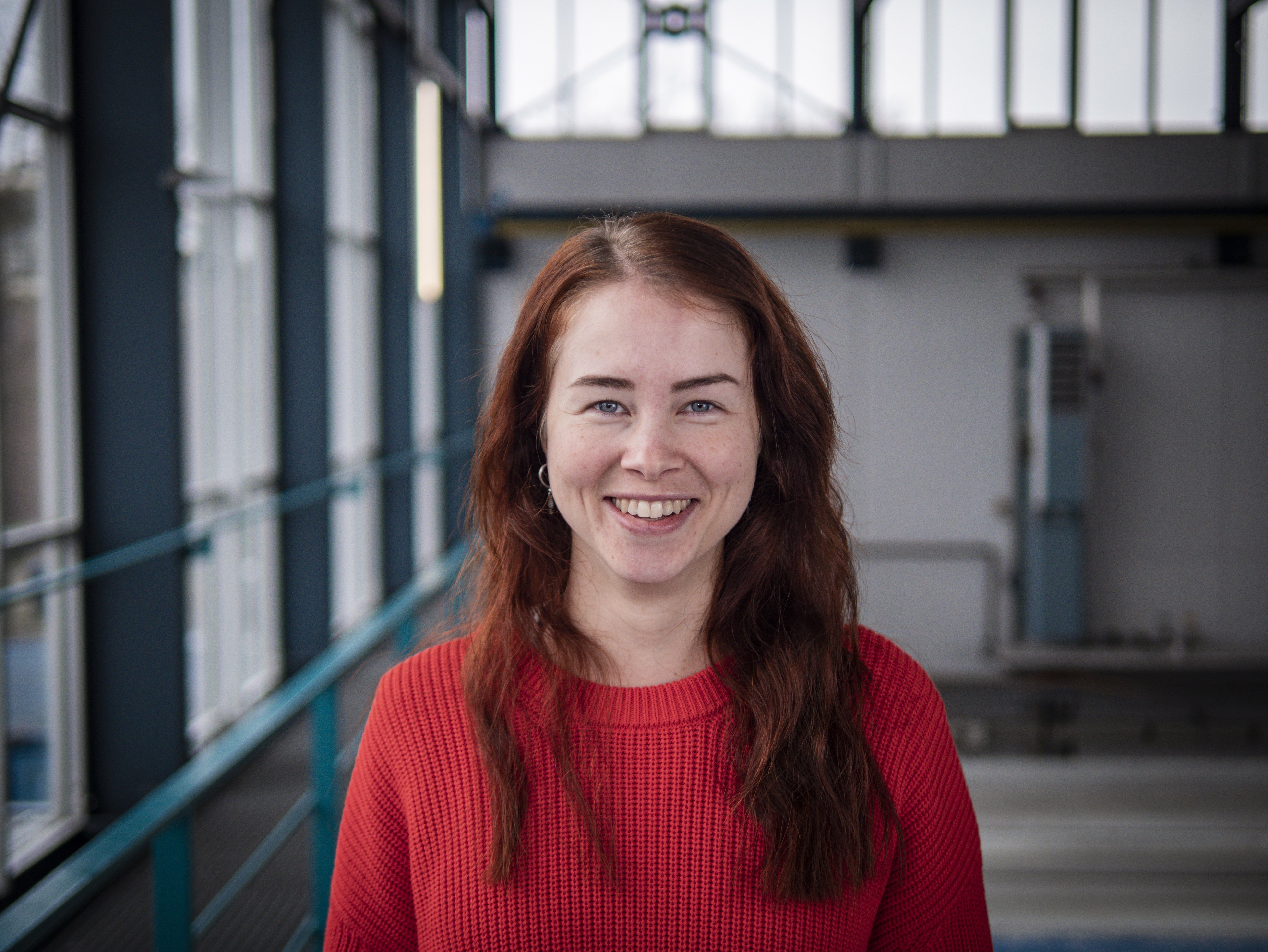



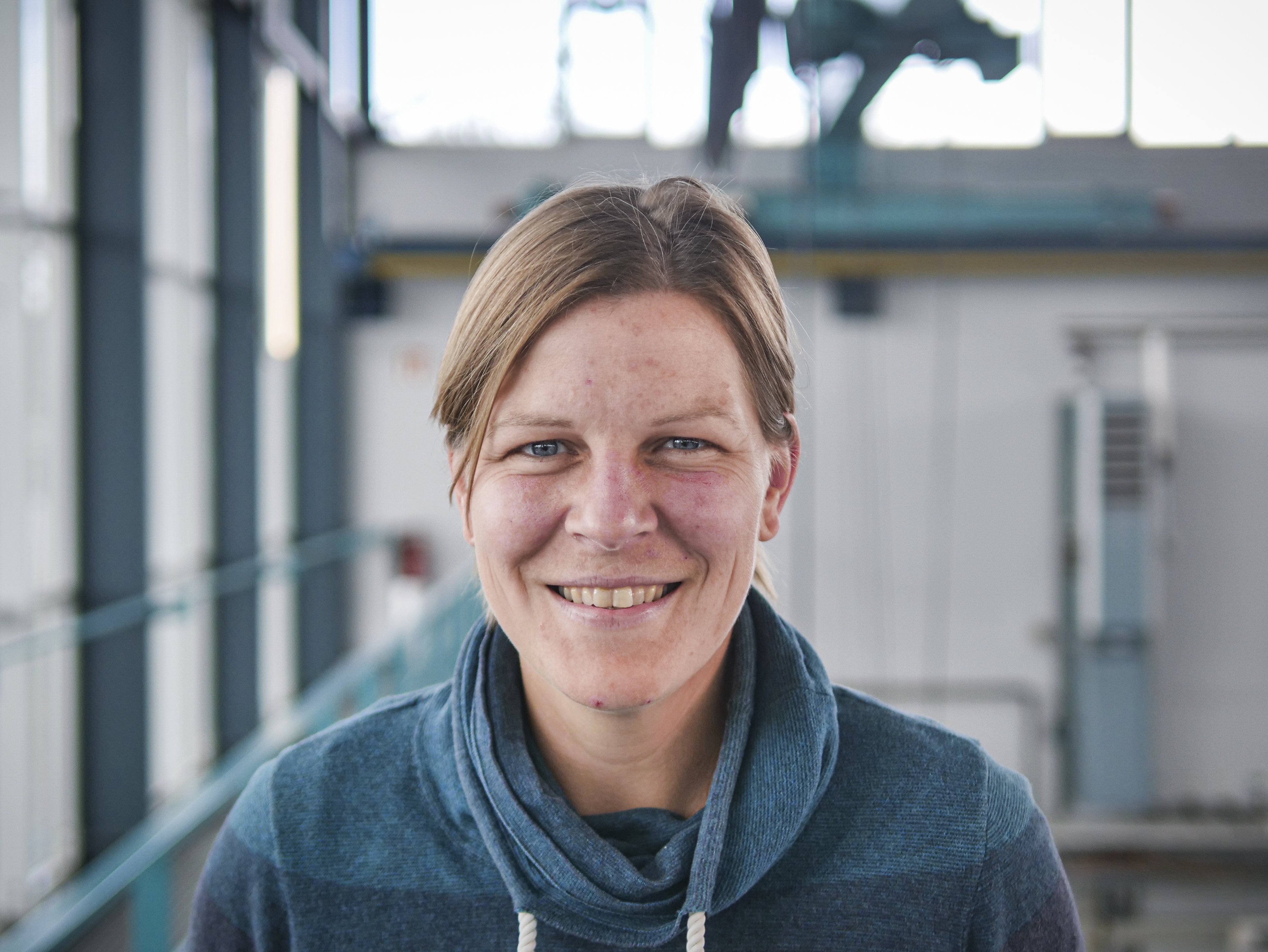

The list below shows the latest 25 publications of this research group. For the complete, searchable list of ZARM publications, please click more
2020
Nonlinear hydrodynamic instability and turbulence in pulsatile flow
Proceedings of the National Academy of Sciences, 117 (21) :11233-11239
2020
ISSN: 0027-8424
nsCouette–A high-performance code for direct numerical simulations of turbulent Taylor–Couette flow
SoftwareX, 11 :100395
2020
ISSN: 2352-7110
Resonances in Pulsatile Channel Flow with an Elastic Wall
Physical Review Letters, 125 (25) :254501
2020
Spatiotemporal Intermittency in Pulsatile Pipe Flow
Entropy, 23
2020
The MaMBA-concept for an extraterrestrial base and its first module mock-up
Acta Astronautica
2020
ISSN: 0094-5765
2019
Inflow boundary conditions determine T-mixer efficiency
Reaction Chemistry & Engineering, 4 (3) :559-568
2019
Influence of Mixing on the Precipitation of Organic Nanoparticles: A Lagrangian Perspective on Scale‐up Based on Self‐Similar Distributions
Chemical Engineering & Technology, 42 (8) :1635-1642
2019
ISSN: 0930-7516
Phase-field simulation of core-annular pipe flow
International Journal of Multiphase Flow, 117 :14-24
2019
ISSN: 0301-9322
Topology optimization of unsaturated flows in multi-material porous media: Application to a simple diaper model
Communications in Nonlinear Science and Numerical Simulation, 78 :104871
2019
ISSN: 1007-5704
2018
Analysis and modeling of localized invariant solutions in pipe flow
Physical Review Fluids, 3 (1) :013901
2018
Destabilizing turbulence in pipe flow
Nature Physics, 14 (4) :386-390
2018
ISSN: 1745-2481
Overdamped large-eddy simulations of turbulent pipe flow up to Reτ= 1500
, J. Phys.: Conf. SerVolume1001, Page 012016
2018
Quasi-two-dimensional nonlinear evolution of helical magnetorotational instability in a magnetized Taylor–Couette flow
New Journal of Physics, 20 (1) :013012
2018
ISSN: 1367-2630
The effect of pulsation frequency on transition in pulsatile pipe flow
Journal of Fluid Mechanics, 857 :937-951
2018
ISSN: 0022-1120
2017
Boundary-layer turbulence in experiments on quasi-Keplerian flows
Journal of Fluid Mechanics, 817 :21-34
2017
ISSN: 0022-1120
Direct numerical simulation of water–ethanol flows in a T-mixer
Chemical Engineering Journal, 324 :168-181
2017
ISSN: 1385-8947
Dynamo action in a quasi-Keplerian Taylor-Couette flow
Physical Review Letters, 119 (16) :164501
2017
Hydrodynamic turbulence in quasi-Keplerian rotating flows
Physics of Fluids, 29 (4) :044107
2017
ISSN: 1070-6631
Speed and structure of turbulent fronts in pipe flow
arXiv preprint arXiv:1603.04077
2017
Transport properties of the azimuthal magnetorotational instability
The Astrophysical Journal, 849 (2) :92
2017
ISSN: 0004-637X
2016
Azimuthal magnetorotational instability at low and high magnetic Prandtl numbers
arXiv preprint arXiv:1611.07296
2016
Directed percolation phase transition to sustained turbulence in Couette flow
Nature Physics
2016
ISSN: 1745-2473
Emergence of spatio-temporal dynamics from exact coherent solutions in pipe flow
New Journal of Physics, 18 (8) :083031
2016
ISSN: 1367-2630



